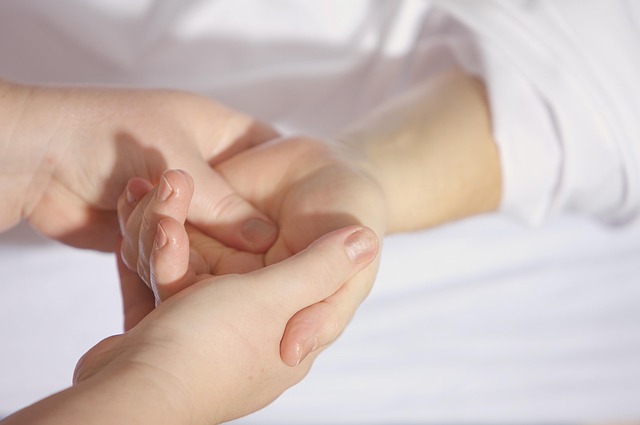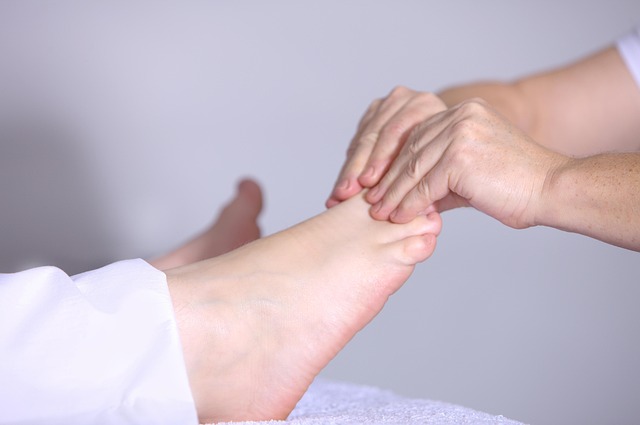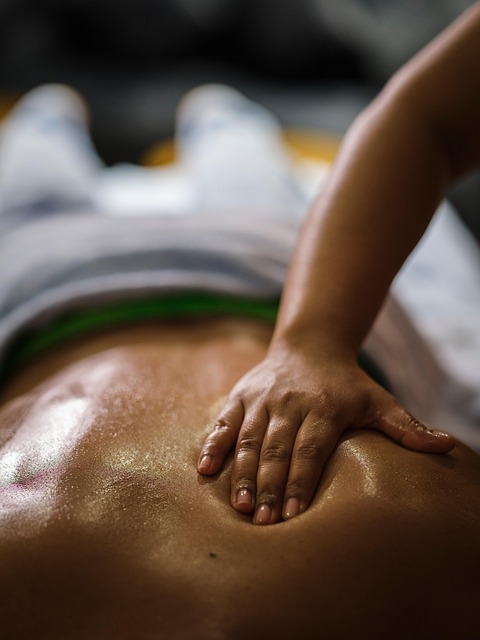Cryolipolysis therapy, also known as fat freezing, is a non-invasive body contouring treatment that uses cold temperatures to target and destroy stubborn fat cells without surgery. This safe procedure offers precise results, minimal downtime, and potential for reduced side effects like numbness or soreness. Ideal for specific problem areas, it's an appealing alternative to surgery, though results vary based on skin type and fat content; proper post-care is crucial for optimal outcomes.
“Fat freezing, or cryolipolysis therapy, is a non-invasive body contouring treatment gaining popularity. It offers a way to target and eliminate stubborn fat cells without surgery. This article delves into the science behind cryolipolysis, exploring how it works to shape your body. We’ll guide you through the process, from understanding the treatment’s mechanism to the step-by-step procedure. Discover the benefits, potential considerations, and what to expect post-treatment as we uncover the power of fat freezing.”
- Understanding Cryolipolysis Therapy: How It Works
- Targeting Stubborn Fat Cells with Cold
- The Science Behind Fat Freezing Treatment
- Benefits and Considerations for Cryolipolysis
- The Procedure: Step-by-Step Guide
- Post-Treatment Care and Expected Results
Understanding Cryolipolysis Therapy: How It Works

Cryolipolysis therapy, or fat freezing, is a non-invasive treatment that uses cold temperatures to eliminate stubborn fat cells. This process involves targeting specific areas with a cooling device that freezes and destroys fat at the cellular level. The body then naturally processes these damaged fat cells, leading to a reduction in their appearance over time.
Unlike traditional liposuction, cryolipolysis does not require incisions or anaesthesia. It’s a safe alternative for those looking to reduce fat without surgery. The procedure is usually well-tolerated, with minor side effects like temporary numbness or soreness. Cryolipolysis therapy has gained popularity due to its ability to pinpoint specific problem areas and deliver precise results, making it an effective solution for achieving a slimmer, more contoured body.
Targeting Stubborn Fat Cells with Cold

Cryolipolysis therapy offers a non-invasive way to target and eliminate stubborn fat cells. This innovative treatment utilizes cold temperatures to freeze and destroy specific areas of fat, providing a lasting reduction in body fat. During the procedure, a trained specialist applies a cooling device to the targeted zone, causing fat cells to crystallize and eventually die. This process is safe for most individuals, as it only affects fat cells, leaving surrounding tissues unharmed.
The beauty of cryolipolysis lies in its ability to pinpoint precise areas of concern. By carefully controlling the temperature and treatment duration, professionals can ensure that only the intended fat cells are affected. This highly targeted approach makes it an attractive alternative for those seeking body contouring without surgery, offering both efficiency and precision in achieving a more sculpted physique.
The Science Behind Fat Freezing Treatment

Fat freezing, or cryolipolysis therapy, is a non-invasive procedure that uses cold temperatures to target and eliminate stubborn fat cells. This advanced treatment works by cooling adipose tissue to a specific temperature, causing it to crystallize and eventually die off. The body then naturally processes these dead fat cells, leading to a reduction in their appearance and size.
The science behind cryolipolysis is based on the principle that different types of tissues have varying sensitivities to cold. Fat cells, compared to other cell types, are particularly susceptible to this low-temperature treatment. During the procedure, a gel pad is placed on the targeted area, cooling it to a precise temperature over a specific period, typically around -10°C to -20°C. This controlled freezing process ensures minimal damage to surrounding skin and muscle tissue while effectively destroying the targeted fat cells.
Benefits and Considerations for Cryolipolysis

Cryolipolysis therapy, or fat freezing, offers a non-invasive way to shape your body by targeting and eliminating stubborn fat cells. One of its key benefits is minimal downtime, allowing patients to return to their daily routines immediately after treatment. This makes it an attractive option for those seeking body contouring without extensive recovery periods associated with surgical procedures.
However, as with any cosmetic procedure, there are considerations. Cryolipolysis may not be suitable for everyone, and results can vary based on factors like skin type and the amount of fat to be treated. It’s essential to consult a qualified professional who can assess your specific needs and determine if cryolipolysis therapy is the right choice for achieving your desired body contouring goals.
The Procedure: Step-by-Step Guide

The procedure for fat freezing, or cryolipolysis therapy, involves several steps designed to target and eliminate stubborn fat cells non-invasively. Firstly, a consultation with a qualified professional ensures the treatment is suitable for your needs and medical history. During this session, the specialist will discuss your goals and areas of concern.
On the day of the treatment, you’ll be positioned comfortably. A specialized device is then applied to the targeted area, using cooling technology to reduce the temperature of the fat cells. This process freezes the fat while leaving other tissues unharmed. Following the session, your body naturally processes and eliminates the damaged fat cells, leading to a slimmer appearance over time.
Post-Treatment Care and Expected Results

After a fat freezing treatment session, it’s crucial to understand that while the procedure itself is non-invasive, proper post-care is essential for optimal results and minimal discomfort. Patients should avoid strenuous activities for 24 hours following the treatment to prevent any potential bruising or swelling. Staying hydrated by drinking plenty of water can aid in the body’s natural recovery process. Additionally, applying a cold compress on the treated areas may alleviate any temporary sensitivity.
The expected results of cryolipolysis therapy vary from person to person, depending on factors such as skin type, fat thickness, and overall health. Generally, patients start noticing a reduction in targeted fat cells within 2-4 weeks after treatment. As the body naturally eliminates these cells, noticeable contour improvements should become apparent. Multiple treatments may be recommended for best results, as not all fat cells are affected in one session.
